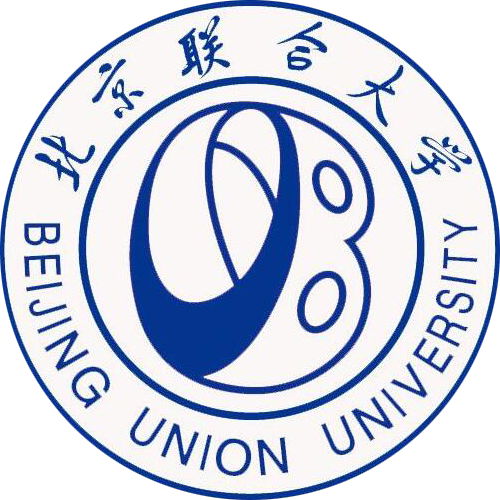详细信息
Electroreduction of CO 2 to HCOOK on 3D-Ag Nanosheet Array Supported on Carbon Membrane ( EI收录)
文献类型:期刊文献
英文题名:Electroreduction of CO 2 to HCOOK on 3D-Ag Nanosheet Array Supported on Carbon Membrane
作者:Jin, Shengnan[1]; Ma, Jing[1]; Wei, Wei[2]; Liu, Shaomin[3]; Qin, Guotong[1]
第一作者:Jin, Shengnan
机构:[1] School of Materials Science and Engineering, Beihang University [BUAA], Shahe Campus, Beijing, 102206, China; [2] College of Biochemical Engineering, Beijing Union University, No. 18 Sanqu, Fatouxili, Chaoyang District, Beijing, 100023, China; [3] School of Engineering, School of Physical Sciences, Great Bay University, Dongguan, 523000, China
第一机构:School of Materials Science and Engineering, Beihang University [BUAA], Shahe Campus, Beijing, 102206, China
年份:2024
外文期刊名:SSRN
收录:EI(收录号:20240270812)
语种:英文
外文关键词:Activation energy - Carbon - Electrolytic reduction - Formic acid - Mass transfer - Membranes - Nanofluidics - Nanosheets - Pore size - Porous materials - Silver
摘要:Regulating local CO2 concentration and pH near the catalytic active sites could induce effective reaction pathways for electroreduction of CO2 to chemicals. Here, a membrane nanofluid reactor for efficient electroreduction of CO2 to formic acid was prepared by constructing high-density active sites of 3D-Ag nanosheet array on the surface and within the pores of a carbon membrane electrode (3D-Ag NA/CM). The local microenvironment of CO2 concentration was controlled by adjusting the pore size, CO2 flow rate and mass transfer mode. In the flow-through mode, the CO2 was electro-reduced to formic acid with a Faraday efficiency of 94% and a partial current density of 35.8 mA/cm2. Both the selectivity and activity were higher than those in flow-by mode.The low local concentration of CO2 in the channel was the key to the high selectivity of formic acid. When the CO2 flow through the membrane nanopores, the high collision frequency of CO2 with catalyst on the pore walls facilitated the electroreduction of CO2. It found that the presence of OV promoted the adsorption of CO2 and reduced the energy barrier for its activation into *CHOO. It lays a foundation for the research on optimizing the performance of CO2 electroreduction with nanofluid reactors. ? 2024, The Authors. All rights reserved.
参考文献:
![]() 正在载入数据...
正在载入数据...


